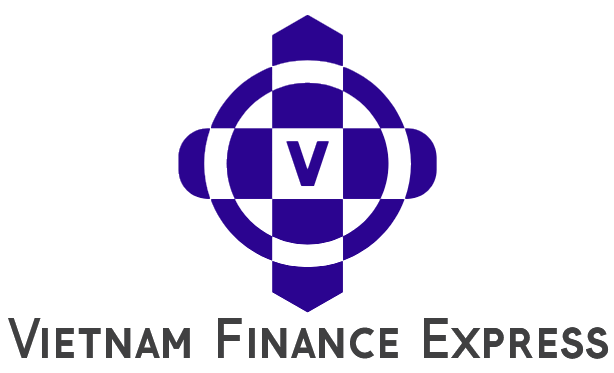Navigating Uncertainty: The Future of Stablecoins Amid U.S. Government Shutdown Risks


As Washington inches closer to another government shutdown, the crypto industry—particularly stablecoin issuers—finds itself on uncertain ground. This real-world test for digital assets is playing out as Congress struggles to keep federal operations running, leaving key legislation in limbo.
Stablecoins, which are cryptocurrencies pegged 1:1 to traditional assets like the US dollar or Treasuries, have surged in popularity over recent years. Their appeal lies in offering the speed and efficiency of digital assets without the volatility of Bitcoin or Ethereum. Major financial institutions now use stablecoins for cross-border payments, trade finance, and settlement, blurring the line between crypto and traditional finance.
But progress isn’t smooth. The regulatory landscape for stablecoins remains fragmented, with lawmaking stalled every time Congress faces a shutdown. The “Clarity Act”—a bill designed to bring stablecoins fully into the financial sector—is a key example. It could establish clear rules for issuers, clarify oversight responsibilities, and potentially accelerate adoption. Yet, the Act remains stuck in legislative limbo, just as the broader financial world is pushing for regulatory certainty.
This uncertainty stands in contrast to the pace of global innovation. While US lawmakers debate, other countries, notably China, are advancing their own digital currency projects, hoping to challenge the dollar’s dominance. Stablecoins, backed by high-quality assets and designed to be “safe, compliant, and trusted,” could become a geopolitical tool—if the US can move fast enough to shape the system.
For now, the growth of stablecoins reflects their utility: about 80% are used in crypto trading, but the share used in real-world commerce and payments is still low. Industry leaders expect that to change as transparency and trust improve. Large financial players want to see stablecoins backed by Treasuries and regulated like traditional money market funds, making them a seamless part of finance.
But US policymakers are not alone in facing these questions. The rise of “enterprise-grade” stablecoin platforms shows that the private sector isn’t waiting for clarity. The industry is building its own infrastructure, even as it hopes for a friendlier regulatory environment. Ultimately, whether stablecoins become a cornerstone of modern finance or a niche product will depend on how quickly governments can respond—even in the face of political gridlock.

Leave a Comment